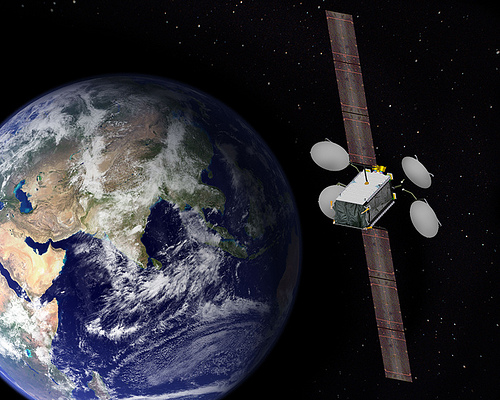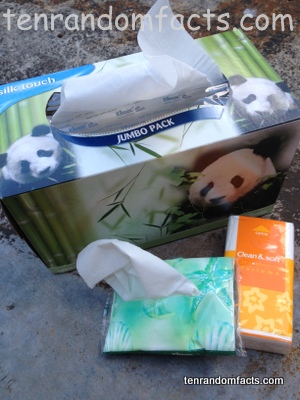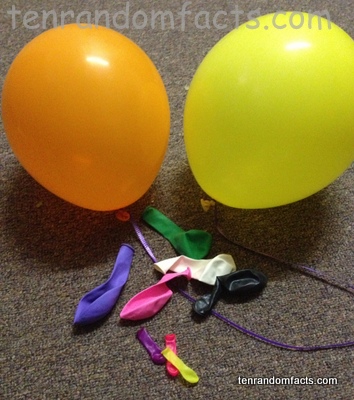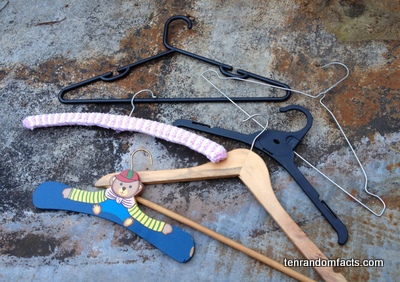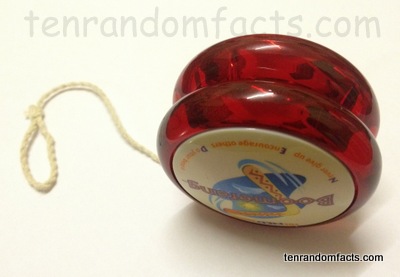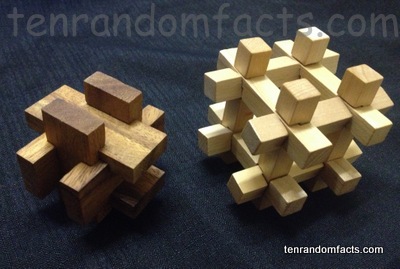
Is the Burr puzzle too puzzling?
- Burr puzzles are interlocking puzzles, assembled by placing notched wood, plastic or metal sticks together strategically, to make a type of open cube or rectangular prism.
- A burr puzzle most commonly has 6 pieces and quality burrs are made very accurately allowing pieces to fit together snugly while easily sliding on each other.
- The term ‘burr puzzle’ is probably reference to the shape of the puzzle being similar to a burr from certain plants, and has been adapted for use with other puzzles without sticks.
- Although the origin of burr puzzles is unknown, one is depicted in the 1968 engraving by Sébastien Leclerc entitled L’Académie des sciences et des beaux-arts meaning ‘The Academy of Sciences and Fine Arts’.
- It is said that there are 837 different pieces that could be made for a 6 piece burr puzzle, and there are almost 6 billion possible ways to fit these together to make a puzzle.
- Some suggest that burr puzzles are of Chinese origin, like many other puzzles, such as tangrams, and reference to traditional Chinese yarn winders, furniture and other items that are constructed in a similar style point to that theory.
- There are many types of burr puzzles, ranging from 3 to at least 12 pieces, diagonal burrs and holey burrs, and other varieties are also available.
- With some burr puzzles, pieces are turned or twirled to move them into the correct position, however this is not the case with traditional burrs.
- The first accepted patent for the burr puzzle was in 1916 by O W Brown, an American, although an earlier patent by J W Keiser was filed.
- A burr puzzle is known by many other names including ‘six-piece interlocking cube’, ‘puzzle knot’, ‘six wooden sticks’, ‘Devil’s knot’, ‘Lu Ban locks’, ‘Kong Ming locks’ and ‘Chinese Cross’.
Bibliography:
Burr Puzzle, 2013 Wikipedia, <http://en.wikipedia.org/wiki/Burr_puzzle>
Traditional 6-Piece Burrs, n.d, Rob’s Puzzle Page, <http://home.comcast.net/~stegmann/interlocking.htm>





